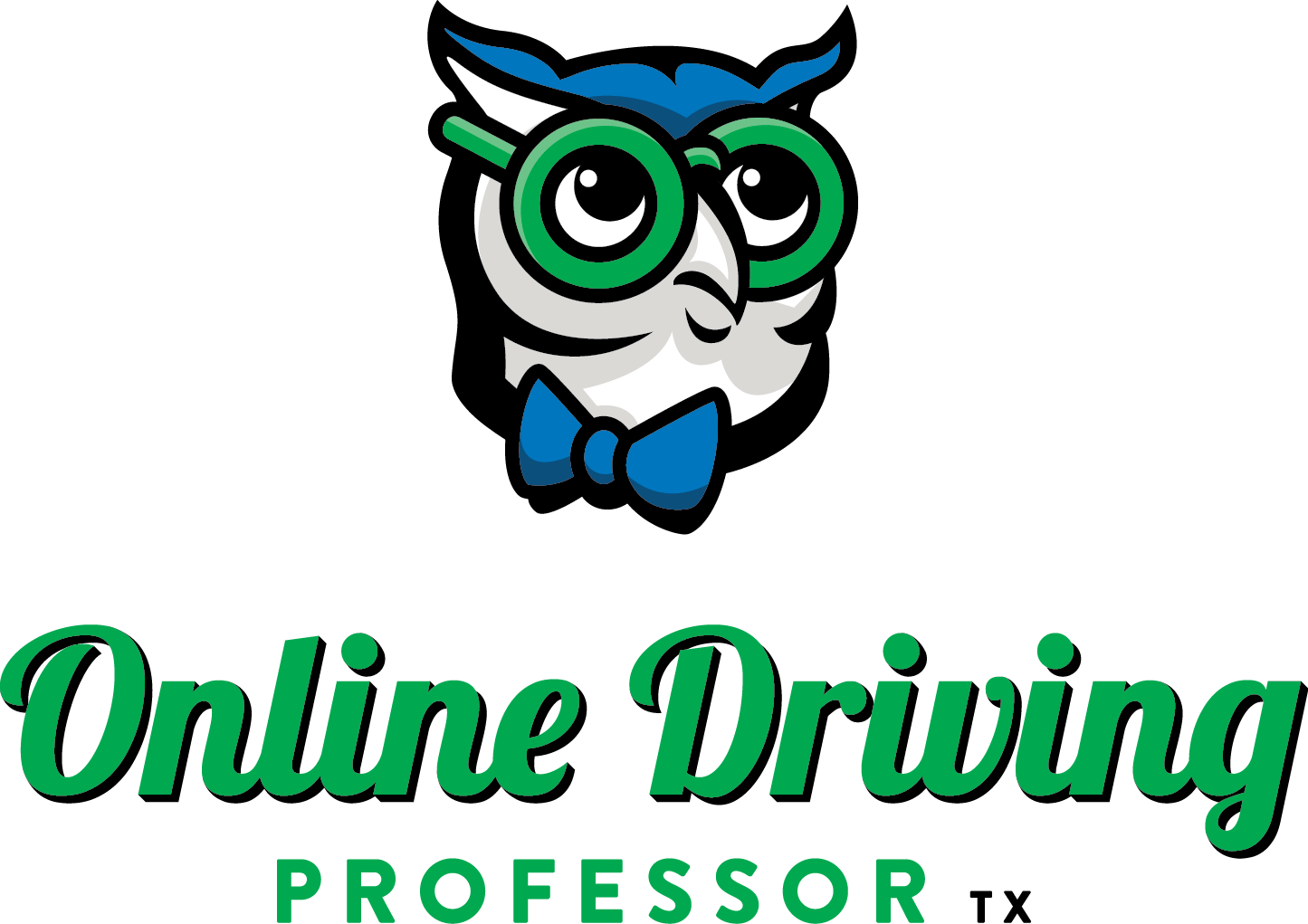- Texas Teen Drivers: Driving Safely Around Trucks and Other Oversized Vehicles - February 16, 2020
- Tips to Keep Texas Teen Drivers and Trick-or-Treaters Safe This Halloween - October 30, 2019
- Let’s Talk About Teen Drivers and Car Insurance - August 30, 2018
Have you ever felt panicked or uneasy when driving near a truck or another oversized vehicle? Well, there is no reason to be afraid of driving near oversized vehicles, but there are many reasons to pay attention and use extreme caution. Large trucks and buses have large blind spots, require long stopping distances, and make wide turns.
It is super important for Texas Teen Drivers to focus on safety when driving near an oversized vehicle. Part of a Texas Teen’s Driver Education is learning, practicing, and becoming confident using safe driving maneuvers around large, oversized vehicles. Every Texas Teen Driver Education Course and In-Car Behind-the-Wheel Driving Lessons should include safe driving practices for driving around large trucks and other oversized vehicles. Driving confidently and safely around oversized vehicles is an important driving skill every Texas Teen should master before applying for their Texas Provisional Driver License.
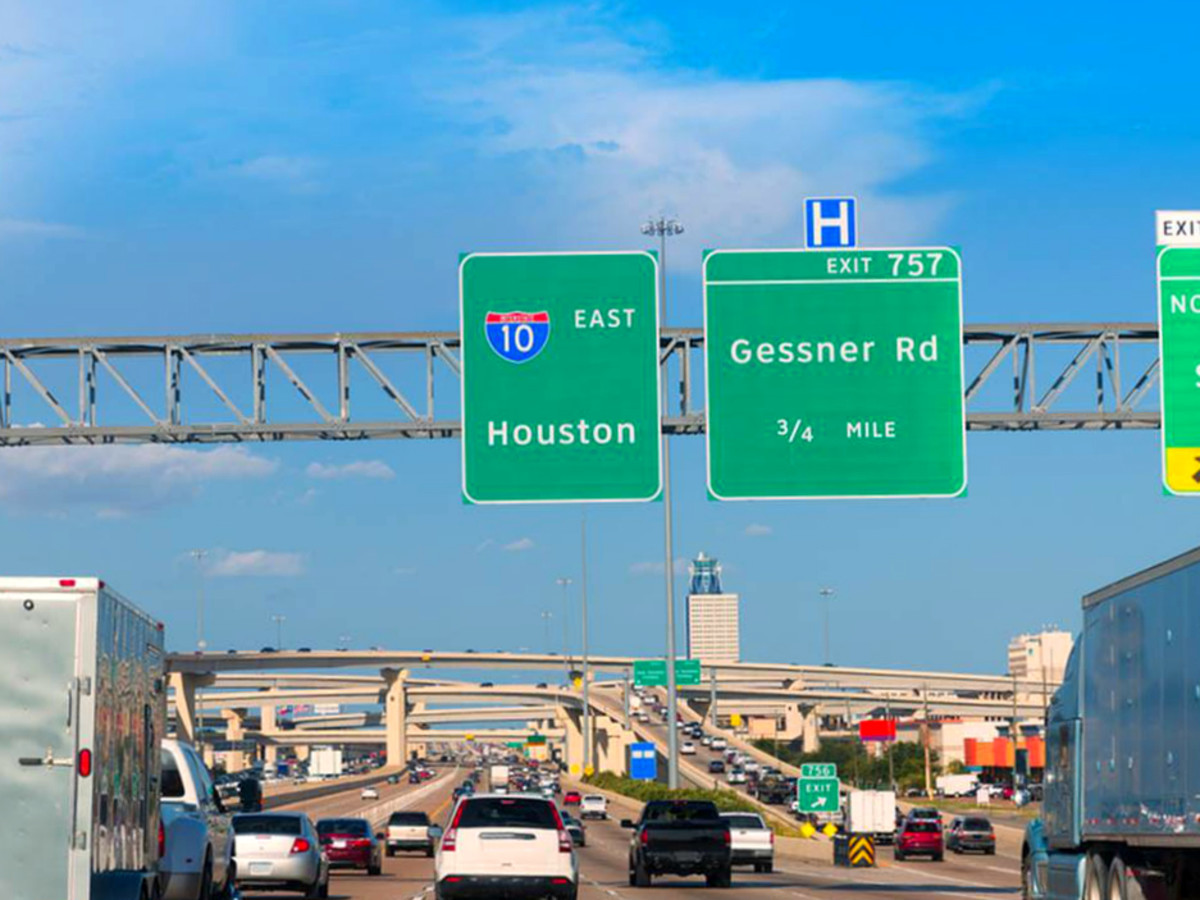
Our Texas state and interstate highways are driven every minute of the day by large trucks and oversized vehicles. Texas has the largest highway and interstate network in the nation. Texas Interstate Highways I-40, I-30, I-20, and I-10 connect Texas to many western, southern, and eastern economic centers in the United States. According to The Texas Department of Transportation, in 2018, 465 fatal crashes involved a truck-tractor or semitrailer. As a result, it is critically important for Texas Teens to learn how to drive safely around large trucks and oversized vehicles. All Texas Teen drivers can learn to avoid accidents when driving near oversized vehicles. Let’s go over each of the “Ten Rules of the Road” when driving near and around large trucks and oversized vehicles.
Rule 1: STAY OUT of a TRUCK’S BLIND SPOTS
Large trucks and buses have huge blind spots on all four sides – the front, rear, and the right and left sides of the truck. Your mirrors can help you determine if you’re clear of a truck’s blind spots. If you can see the truck driver in their side mirror when you’re behind the truck, the truck driver can see you. Staying further back (increasing distance from the truck) gives you a wider view of the road ahead, and helps the truck driver see your vehicle more easily. Texas Teen Drivers should keep a 6 second following distance between their passenger vehicle and any oversized vehicle. When you are driving in front of a truck, you should see the truck or oversized vehicle’s windshield in your rear view mirror. A truck driver can’t see your car if your passenger car is too close to the truck’s bumper. All Texas drivers should:
1. slow down and increase distance from an oversized vehicle, or
2. quickly and safely move past an oversized vehicle, and,
3. always stay visible to the driver of an oversized vehicle
Rule 2: PASS SAFELY
Texas Teen Drivers should learn how to safely pass a truck. Let’s go over the steps:
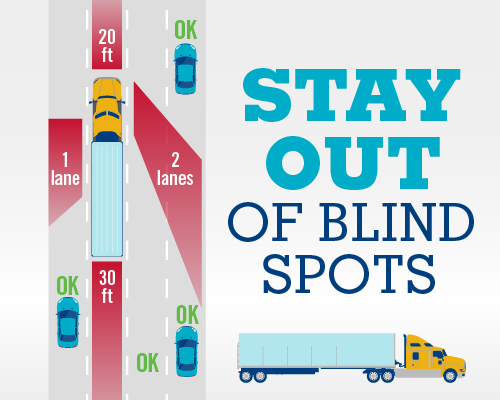 1. Make sure the truck driver can see your vehicle. You should be able to see the truck driver of the oversized vehicle in the truck driver’s side mirror.
1. Make sure the truck driver can see your vehicle. You should be able to see the truck driver of the oversized vehicle in the truck driver’s side mirror.
2. Signal with your turn signal, and signal early, so the truck driver has time to realize you plan to change lanes.
3. Move into the left lane when it is safe to change lanes.
4. Move past the truck quickly and safely. Don’t linger in an oversized vehicle’s blind spot.
5. Make sure the truck or bus is completely visible in your rear view mirror before you change back into the right lane.
6. If you plan to move back into the right lane, use your turn signal to notify the driver.
7. Make sure there is extra space between you and an oversized vehicle before changing lanes in front of an oversized vehicle.
8. Don’t pass trucks and buses on hills or downgrades because they tend to pick up speed.
9. When a bus or truck is passing you, stay to the right side of your lane, and slow down.
10. Always give oversized vehicles extra space to change lanes, or merge in from entrance ramps.
Rule 3: DON’T CUT It CLOSE
Cutting in too close in front of another vehicle is always dangerous, but it is especially dangerous to “cut off” an oversized vehicle. If you move in quickly in front of an oversized vehicle from another lane, you’re likely to be in their blind spot, and the truck driver may not see you in time. Even if you’re visible, the vehicle may not be able to slow down quickly enough to avoid a crash because of the amount of time it takes an oversized vehicle to stop. How long does it take an oversized vehicle to stop?
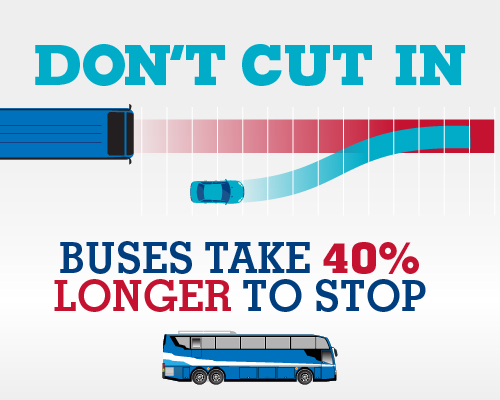
• stopping time and distance for a truck or bus is much greater than that of smaller vehicles
• stopping distance increases as the weight of the load increases
• stopping distance increases in poor road conditions such as snow, ice, or rain, and
• a truck traveling on a highway needs a distance of nearly two football fields to stop.
Rule 4: STAY BACK and GIVE SPACE
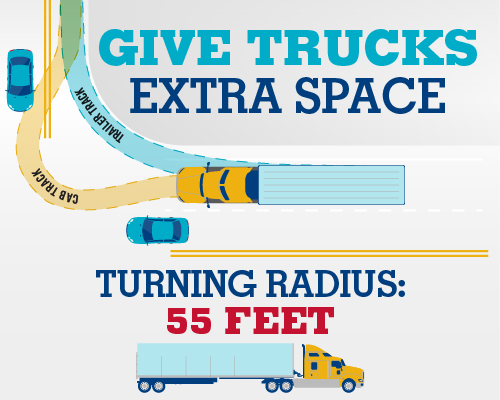 Tailgating a truck or bus puts you in the truck driver’s blind spot. Because trucks are high off the ground, your vehicle could slide (or get pushed) under a truck in a crash. Keep plenty of distance when driving in front of, or behind, a large truck. It is good driving practice to change lanes, if possible, if a semi-tractor trailer is driving too closely behind you.
Tailgating a truck or bus puts you in the truck driver’s blind spot. Because trucks are high off the ground, your vehicle could slide (or get pushed) under a truck in a crash. Keep plenty of distance when driving in front of, or behind, a large truck. It is good driving practice to change lanes, if possible, if a semi-tractor trailer is driving too closely behind you.
- stay back and increase your distance when you are stopped behind an oversized vehicle, particularly on a hill, where a bus or truck might roll backward
- always give trucks and oversized vehicles more space than passenger cars. If you give cars a four-second following distance, give trucks and oversized vehicles six seconds
Rule 5: ANTICIPATE WIDE TURNS
Buses and trucks need extra turning room. They swing wide and can start a turn from a middle lane. Never try to squeeze by a truck, bus, or oversized vehicle, or get between a turning vehicle and the curb. Never block part of an intersection area, or stop in front of the white intersection line. Buses and trucks need more room, than passenger vehicles, at intersections to turn safely.
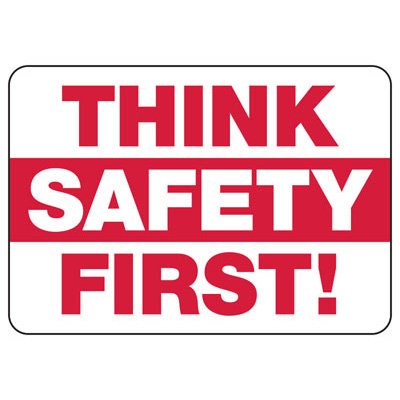 Rule 6: BE PATIENT
Rule 6: BE PATIENT
When driving near a truck or bus, be patient. As mentioned, oversized vehicles need more time to accelerate, stop, and change lanes. Being aggressive by honking, driving too fast, or weaving through traffic can cause dangerous distractions and crashes. Always drive within the speed limit and don’t change lanes abruptly. If you feel that a truck driver is acting too aggressive, don’t react the same way. Road rage only increases the probability of an accident.
Rule 7: BUCKLE UP
Using a safety belt is one of the easiest and most important things you can do to save lives. Make sure you and all of your passengers are always wearing safety belts.
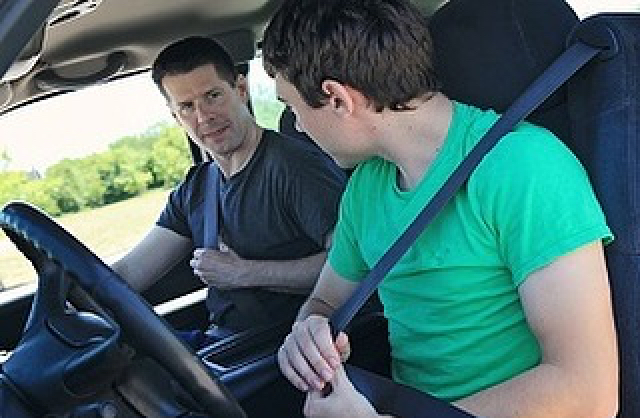
Rule 8: STAY FOCUSED
A condition that causes many vehicle crashes with oversized vehicles is driver distraction and inattention to road conditions. If you need to focus on anything except driving, you should get off the road and park safely. Driving distracted is as dangerous as driving impaired. Being alert and paying attention to your speed and distance from an oversized vehicle is very important.
Rule 9: DON’T DRIVE FATIGUED
Many highway accidents occur because of driver fatigue or falling asleep while driving. It is important to take regular breaks when driving long distances on highways and interstates. When a driver gets tired, they should change drivers, if possible, to get some rest. Taking breaks, every two hours, is recommended for drivers to rest their eyes, and give them time to stretch, and get a refreshment.
Rule 10: NEVER DRIVE UNDER THE INFLUENCE
Alcohol and other drugs impair your judgment and reaction time. There is no safe limit on drinking before driving. Also, be aware that prescription medications and over-the-counter drugs can cause dizziness, sleepiness and slow reaction time. If you are taking medication that has the side effects of drowsiness or dizziness, do not drive.
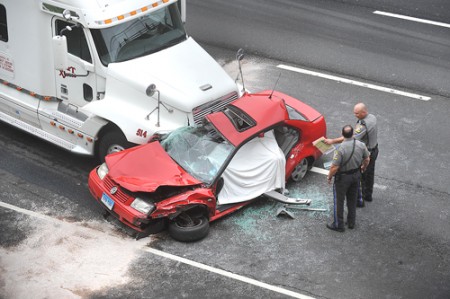 Lastly, collisions between passenger cars and oversized vehicles are often fatal or involve serious injuries because trucks are so large and heavy. A semi-trailer truck, sharing the highway with you, can weigh as much as 16 times more than the car you are driving. It could also be carrying dangerous chemicals that could turn a crash into a bigger disaster. Research shows that in the majority of these crashes, drivers of passenger cars are not paying attention or driving aggressively around the oversized vehicle. Despite the difference in vehicle size and weight, truck drivers and car drivers have a shared interest in driving safely. With hours of highway driving practice and following the driving safety recommendations outlined above, you can safely drive on Texas’ state and interstate highways.
Lastly, collisions between passenger cars and oversized vehicles are often fatal or involve serious injuries because trucks are so large and heavy. A semi-trailer truck, sharing the highway with you, can weigh as much as 16 times more than the car you are driving. It could also be carrying dangerous chemicals that could turn a crash into a bigger disaster. Research shows that in the majority of these crashes, drivers of passenger cars are not paying attention or driving aggressively around the oversized vehicle. Despite the difference in vehicle size and weight, truck drivers and car drivers have a shared interest in driving safely. With hours of highway driving practice and following the driving safety recommendations outlined above, you can safely drive on Texas’ state and interstate highways.
If you need to take Texas Driver Education to earn your Texas Learner License and/or Texas Provisional License, sign-up for one of Online Driving Professor’s Texas Parent-Taught Teen Driver Education courses today!
